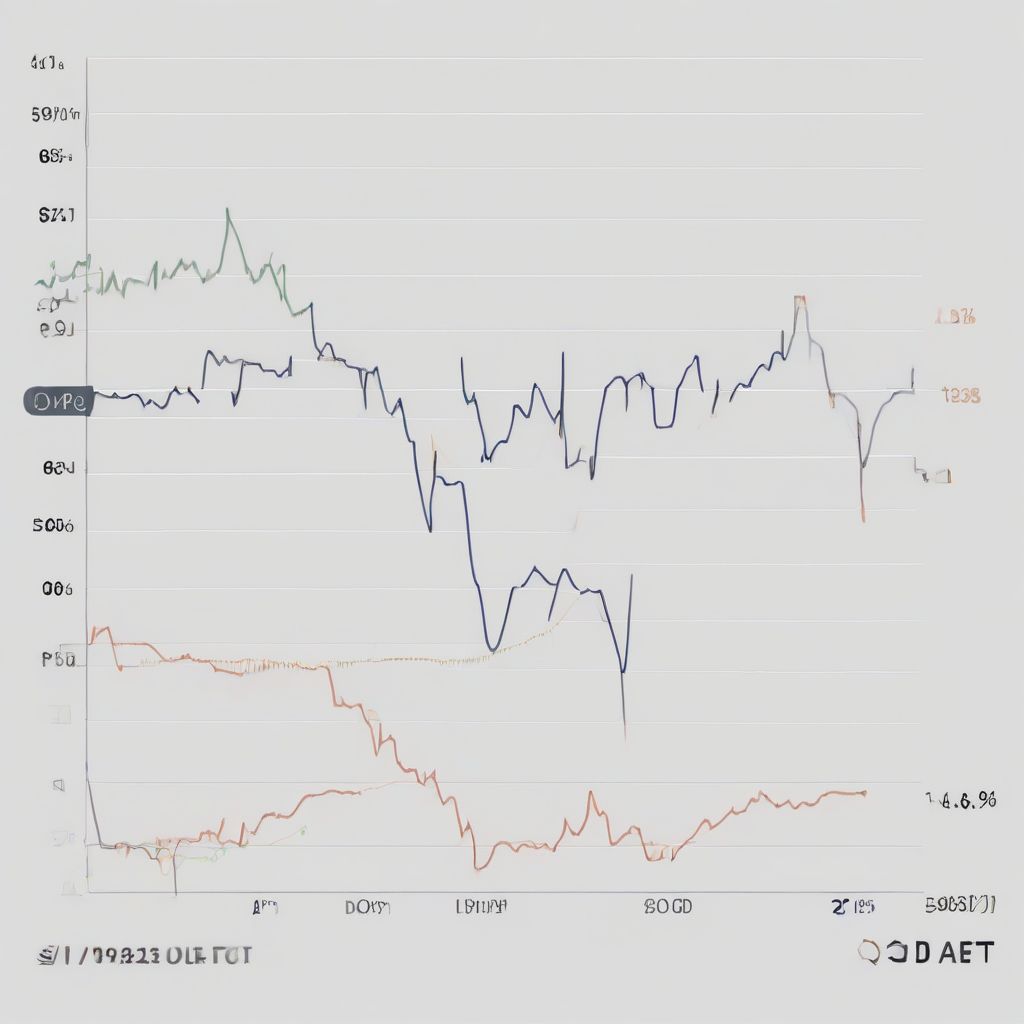Pre-Market Stock Trading: What You Need to Know Before the Bell Rings
Have you ever wondered what moves the market before the opening bell? The answer lies in pre-market stock trading, a crucial period for savvy investors to gain an edge. This article delves into the intricacies of pre-market trading, particularly focusing on the insights available on CNNMoney, a leading financial news source. We’ll explore its significance, benefits, risks, and answer frequently asked questions to empower you with the knowledge needed to navigate this dynamic trading landscape.
Understanding Pre-Market Trading
Pre-market trading, also known as the pre-market session, refers to the trading activity that takes place before the regular market hours. Typically, it occurs from 4:00 AM to 9:30 AM Eastern Standard Time (EST) on weekdays. During this time, investors can buy and sell stocks before the broader market opens.
CNNMoney and other financial platforms provide valuable resources for tracking pre-market trading activity. You can access real-time quotes, news releases, and analysis that can inform your trading decisions.
Why is Pre-Market Trading Important?
1. React to Overnight News and Events
Pre-market trading allows investors to react quickly to news and events that occur outside of regular trading hours. These could be earnings reports, economic data releases, or geopolitical developments that have the potential to impact stock prices.
2. Capitalize on Early Momentum
Significant price movements often occur during pre-market trading, setting the tone for the regular session. By participating in this session, investors can potentially capitalize on early momentum and adjust their positions accordingly.
3. Increased Volatility and Opportunity
Pre-market trading tends to be more volatile than regular trading hours due to lower trading volume and wider bid-ask spreads. While this volatility presents risks, it also creates opportunities for traders to profit from larger price swings.
Risks of Pre-Market Trading
While pre-market trading offers advantages, it also comes with inherent risks:
1. Lower Liquidity and Wider Spreads
Lower trading volume during pre-market hours can lead to wider bid-ask spreads, making it more expensive to enter and exit trades.
2. Increased Volatility and Potential for Losses
The heightened volatility in pre-market trading increases the potential for both profits and losses. Traders need to be aware of the risks and manage their positions accordingly.
trading.hoahocthcs.com/wp-content/uploads/2024/07/pre-market-stock-chart-66a461.jpg" alt="Pre-Market Stock Chart" width="1024" height="1024">Pre-Market Stock Chart
CNNMoney: Your Source for Pre-Market Insights
CNNMoney provides comprehensive coverage of pre-market trading activity, offering investors valuable information to make informed decisions. Some key features include:
- Real-time quotes: Track pre-market price movements for your watchlist stocks.
- News headlines: Stay updated on overnight news and announcements that could impact the market.
- Analyst opinions: Gain insights from expert analysis on pre-market trends and potential trading opportunities.
Frequently Asked Questions about Pre-Market Trading on CNNMoney
1. How can I access pre-market quotes on CNNMoney?
To access pre-market quotes on CNNMoney, simply search for the desired stock and navigate to its quote page. You’ll find pre-market data alongside regular trading hours information.
2. Does CNNMoney provide pre-market news alerts?
Yes, CNNMoney offers customizable news alerts that can notify you of breaking news and announcements relevant to your watchlist or specific stocks, including during pre-market hours.
3. Can I place pre-market orders through CNNMoney?
CNNMoney primarily serves as an information source. To place pre-market orders, you’ll need to use a brokerage platform that supports pre-market trading.
Conclusion
Pre-market stock trading on platforms like CNNMoney provides valuable opportunities for investors to gain an edge in the market. By understanding its nuances, potential benefits, and inherent risks, you can make more informed trading decisions. Remember to conduct thorough research, stay updated on market news, and choose a reputable brokerage platform that aligns with your trading needs.
This article serves as a starting point for understanding pre-market stock trading. We encourage you to explore further resources and engage with the vibrant community of investors who actively participate in this dynamic market segment. Feel free to share your thoughts, questions, and experiences in the comments section below!

